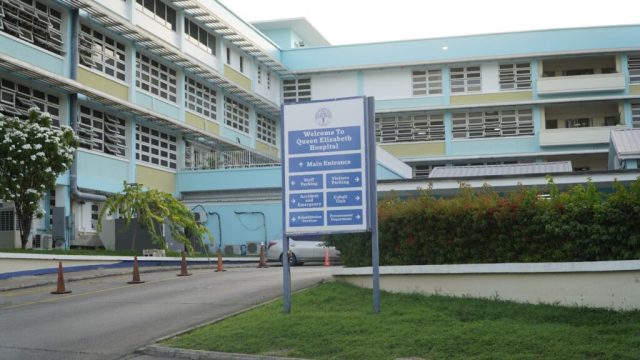Monies will be used for collaborative study on high-frequency radio waves.

Andrews University has been awarded a research grant from the National Science Foundation (NSF) of the United States that will go toward a collaborative research study being conducted by Eun-Hwa Kim, research professor of physics, and Jay Johnson, professor of engineering.
Collaborating partners Johns Hopkins University and the University of Scranton received separate grants. Andrews University will be the lead organization on this research project.
The project, “Effects of Ionospheric Density Irregularities on High-Frequency Radio Wave Propagation,” is funded through the NSF’s Coupling, Energetics, and Dynamics of Atmospheric Regions (CEDAR) program. The researchers seek to better understand the behaviors and complexities of high-frequency radio waves that reach three to 30 megahertz. High-frequency radio waves are commonly used for international radio broadcasts, aircraft communication, military operations, amateur radio communication, and emergencies. When utilized, the waves are bounced off a part of the earth’s upper atmosphere known as the ionosphere.
These communications can be interrupted by dramatic space weather events like solar flares and geomagnetic storms, which can increase ultraviolet and X-ray emissions, leading to blockages in high-frequency communication. According to the project’s abstract, the researchers aim to gain insight into how space weather and irregularities in the ionosphere determine how high-frequency radio waves behave in never-before-seen detail.
In this collaborative research, Andrews will provide a full wave simulation to study high-frequency waves and their potential behaviors. Johns Hopkins will provide and consider satellite data regarding the density structure in the ionosphere. The University of Scranton will analyze amateur high-frequency radio wave data with citizen volunteers to see how often communications have failed or were unreliable.
The project began in August 2024 and has an estimated end date of July 2027, when the three universities will present their research and conclusions. This high-frequency radio waves research project will coincide with another collaborative project Andrews received funding for earlier this year. The previous NSF grant awarded more than US$550,000 for a collaborative project between Andrews University’s Department of Physics, Augsburg University, and the New Jersey Institute of Technology. The project, titled “Propagation and Dissipation of Electromagnetic Ion Cyclotron Waves in the Magnetosphere and Ionosphere,” seeks to reveal some of the unknown behaviors of electromagnetic ion cyclotron (EMIC) waves that are located within the magnetic field and atmosphere of earth. The project is also being led by Kim.
After the announcement of the new grant, Kim said she hopes to add at least one student worker to the Andrews side of the project in addition to herself and Johnson.
Founded in 1874, Andrews University is a premier institution of higher education for the Seventh-day Adventist Church. Its main campus is in Berrien Springs, Michigan, and the university also provides instruction at colleges and universities around the world.
The original version of this story was posted on the Andrews University news site.








